Blue Light and Sleep
Often times I talk with clients on the phone and they tell me they are eating from my meal plans but their blood sugars are still high. My first question is “How many hours do you sleep?” There is a huge connection to our health and sleep. Only getting 6 hours at night isn’t going to help heal you in ways that you need!
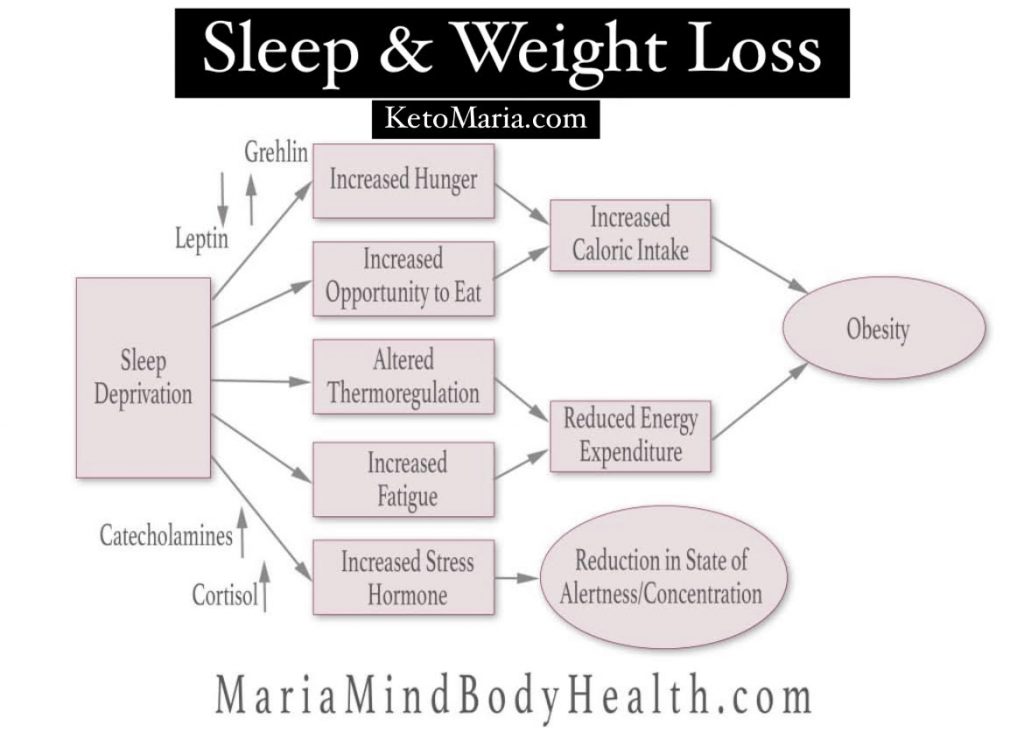
Getting at least 8 hours of restful sleep can be key to health, weight loss, mental clarity and so much more. One of the best ways to ensure a good restful night of sleep is to get your circadian clock in rhythm and get your body to naturally product melatonin at the right times. Click HERE to read more on sleep and weight gain.
Our eye has a receptor that responds to the presence of light and signals the SCN (suprachiasmatic nucleus) in our brain. We have known that blue light effects the production of melatonin but it is now shown that some wavelengths of green light also effect melatonin production. The activation of the SCN (presence of blue and green lights in the eye) prevents the pineal gland from producing melatonin, the hormone that signals sleep or drowsiness. The lack of blue light in the eye signals the pineal gland to produce melatonin which inducing drowsiness and natural sleep cycles. This diagram shows this process.
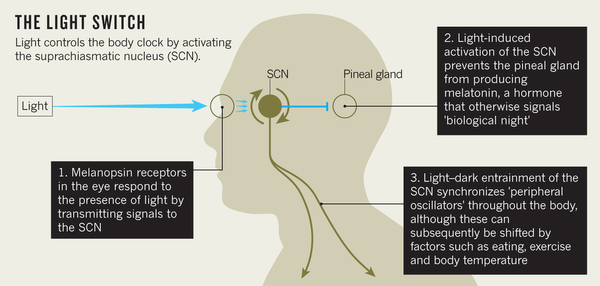
Image Source: www.nature.com/articles/497S10a
So it is critical that we support our circadian rhythms to enable good sleep cycles. But today we are bombarded by these wavelengths of blue and green light all day long. In the evening when the sun is down and we should natural be setting our circadian clocks for sleep, we have interior lights, computer screens, TVs, phones and more that are bombarding our eyes with these critical blue and green wavelengths of light and interrupting our circadian clocks. If you have trouble falling asleep, adding glasses that block these wavelengths of blue and green light can be the key to naturally falling asleep better and getting better sleep.
We have written about this for a while. A few years ago in our “The 30 Day Ketogenic Cleanse” book and more recently in our book “Keto.“. But with further understanding of how blue AND green light at certain wavelengths can effect sleep, we searched for glasses that would block all the wavelengths to enable natural sleep cycles to improve.
Here are some key takeaways from the studies on the eye light receptor:
- 446–477nm was identified as having the strongest effect on melatonin suppression. You need to make sure 100% from 446-477nm is blocked after dark
- Polychromatic action spectra were reasonably consistent in indicating that the spectral region between 450 and 550nm provides the strongest stimulation of circadian and neuroendocrine responses. What this means is the wavelengths of light between 400-550nm should be completely blocked for optimal melatonin secretion after dark.
- Past studies have shown that the peak wavelength sensitivity was 555nm (Rodieck, 1998) (5). Previous data (Brainard et al, 2001) (6) and those presented in the 2001 study (4) do not support this hypothesis. The results clearly demonstrate that 555nm is significantly weaker in suppressing melatonin. This is a great study for determining the optimal range of artificial light to block after dark and the study results and graph clearly suggests that the major disruption zone for melatonin is between 400-550nm with a peak between 446-477nm. It is clear we must block 100% blue and green light from 400-550nm to have optimal melatonin secretion after dark. Almost every blue light blocking pair of glasses on the market does not do this. A cross section of test results from a spectrometer have been released that show just this (7).
We searched for a company that made glasses that blocked 100% of these blue and green wavelengths. We found the company called BLUblox. They make glasses that block 100% of the blue and green wavelengths needed to naturally allow your body to produce melatonin.
We have an exclusive deal for all our followers! User the code “Maria10” and you get 10% off your order! So head over HERE to BLUblox and start getting better sleep!
References:
1. https://www.ncbi.nlm.nih.gov/pubmed/11763987
2. https://academic.oup.com/jcem/article/96/3/E463/2597236
3. https://www.ncbi.nlm.nih.gov/pubmed/20030543
4. http://www.jneurosci.org/content/21/16/6405
5. https://trove.nla.gov.au/work/8116833?q&versionId=9351417
6. https://www.ncbi.nlm.nih.gov/pubmed/11487664
7. https://www.blublox.com/blogs/news/spectrum-test-results-for-leading-blue-light-glasses-brands-revealed
TESTIMONY OF THE DAY
If you are looking for a helpful support group, check out keto-adapted.com!
Live weekly webinars every Sunday afternoon to help you stick to your keto lifestyle!
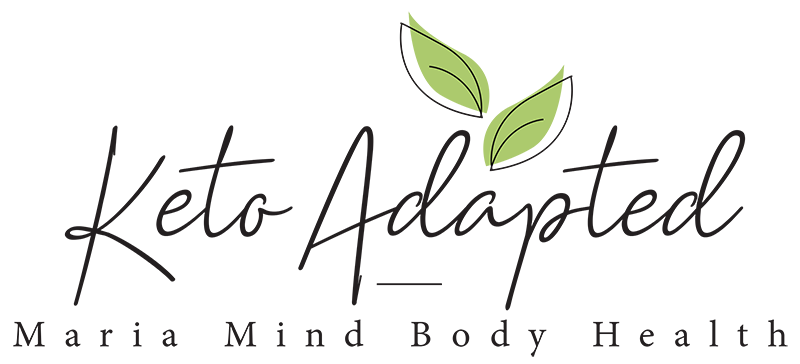
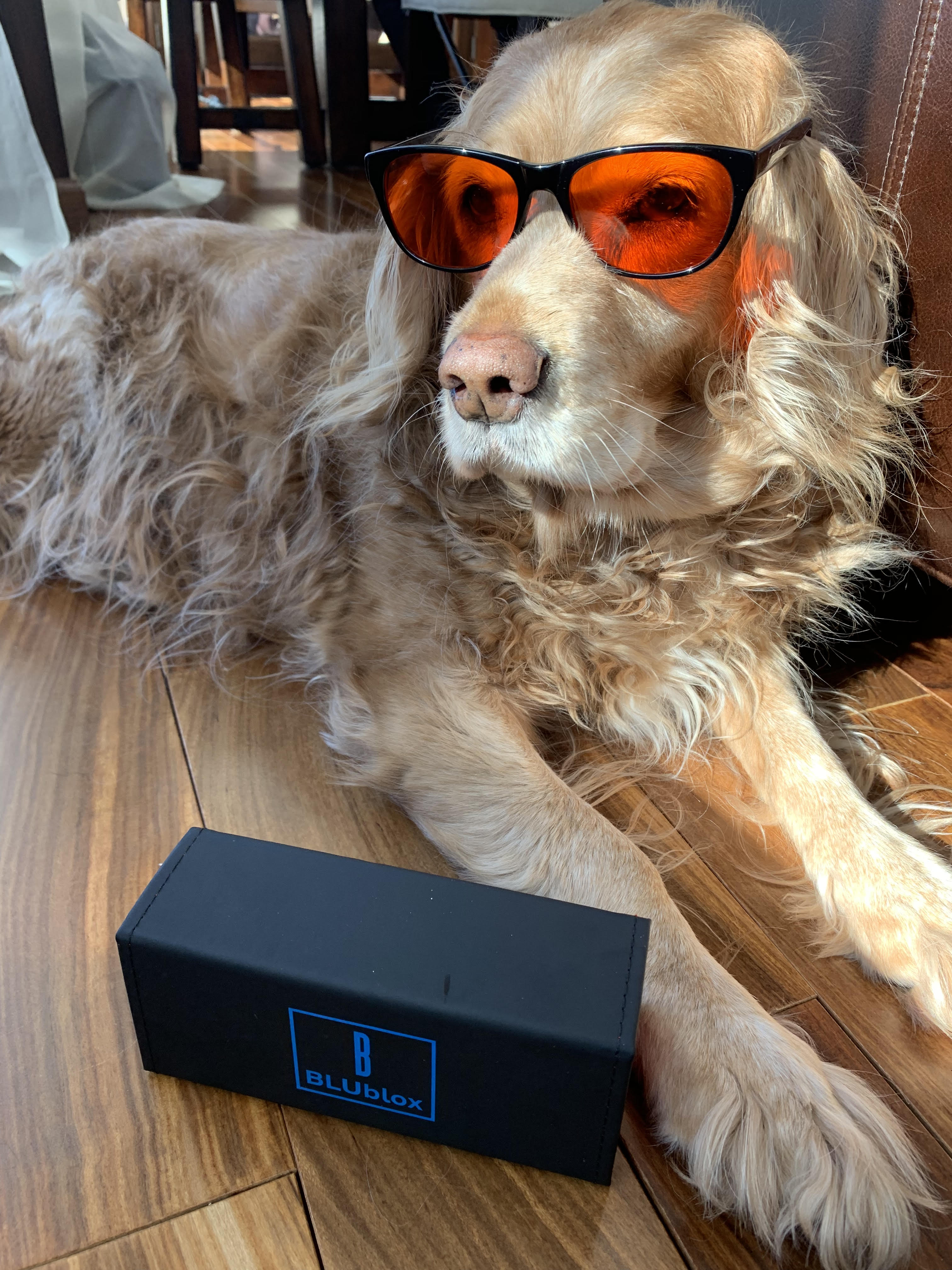
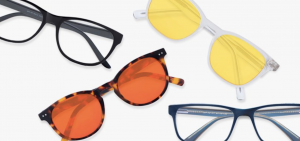






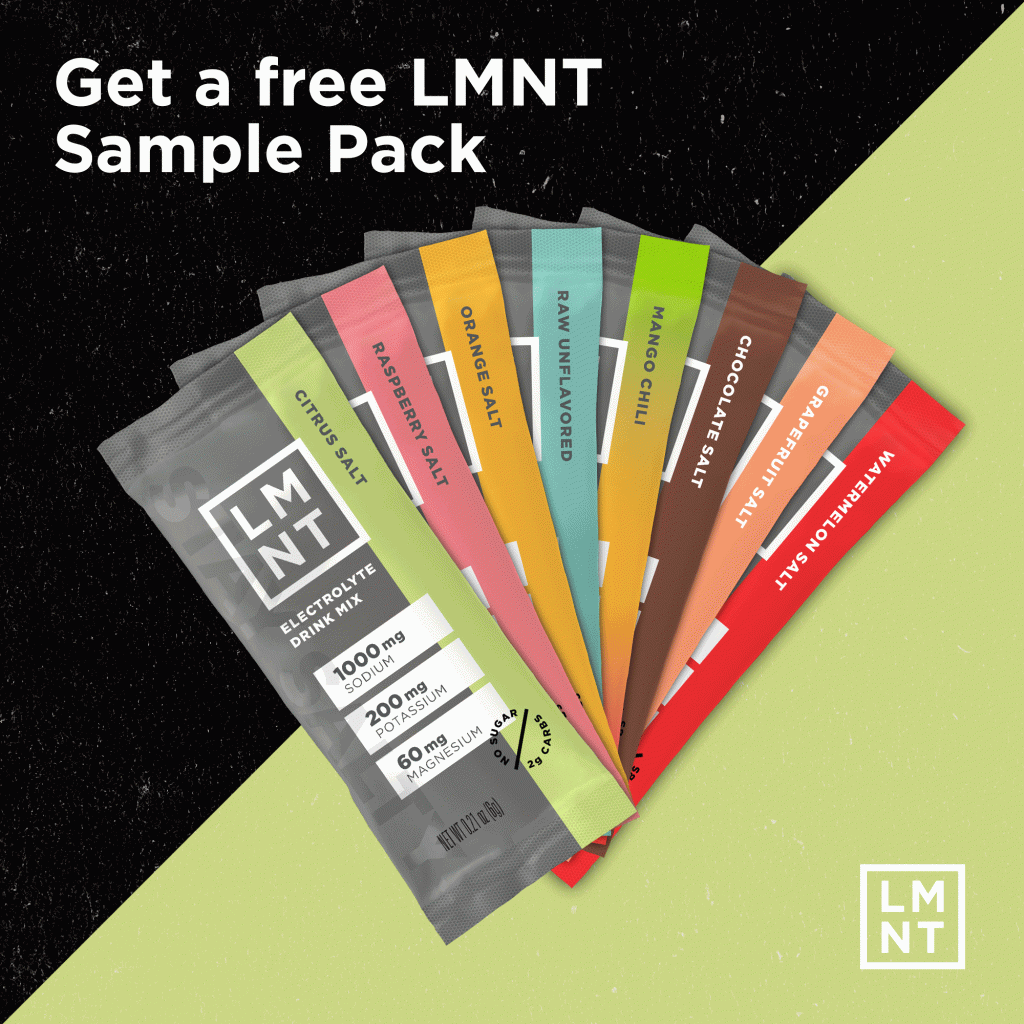



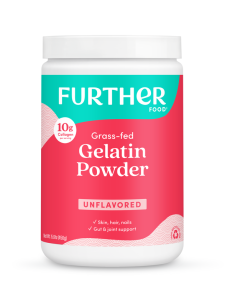

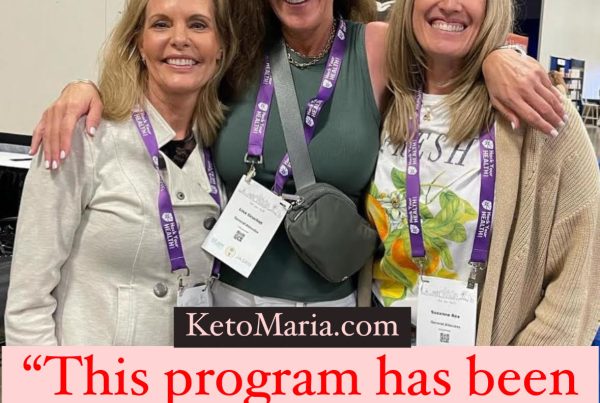

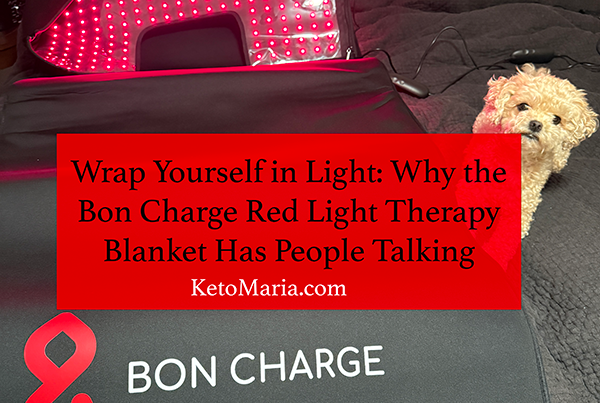
“They make glasses that block 100% of the blue and green wavelengths needed to naturally allow your body to produce melanin.”
I think you mean “melatonin”.
Thanks! Fixed above. 🙂
What’re your thoughts on green light on the SKIN while you’re sleeping from an activity/sleep tracker?